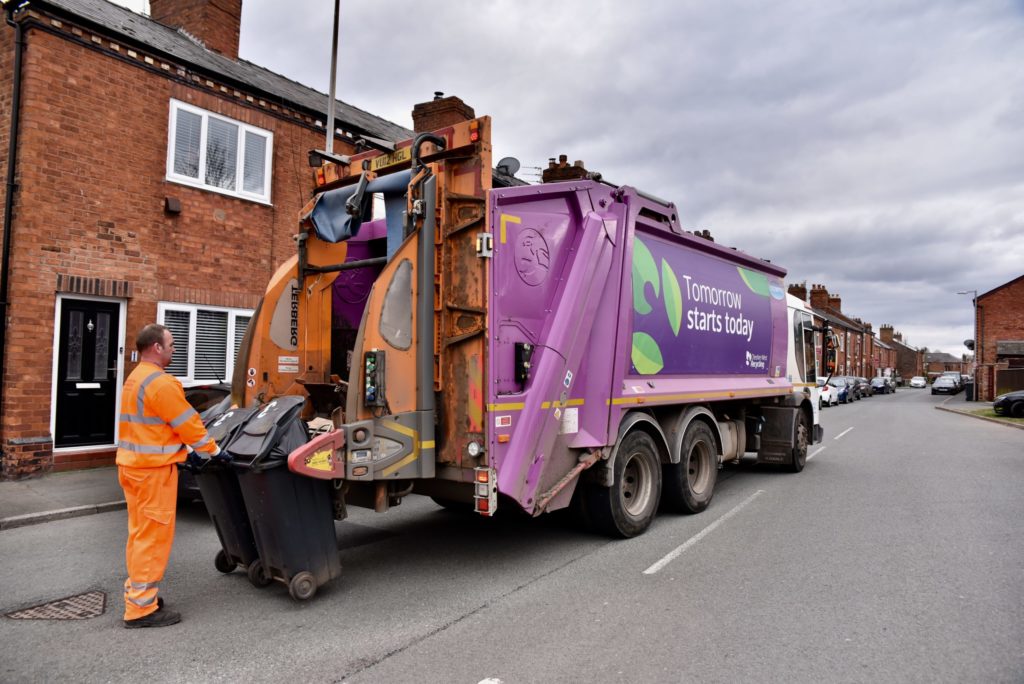The paper or card on which these products are based may well come from Finland, a papermaking country where the sustainability of its forests is an important issue which sees careful tracking of tree stocks.
Data is monitored and standards are agreed by the Finnish Forest Industries Federation (www.forestindustries.fi ) at its Helsinki offices where it provides information and guidance for an industry which is worth 35 billion Euros a year.
Surprisingly for its level of activity, Finland has only half a per cent of the world forest resources. Within that it has 5% of the world's forest industry output and 10% of world forest industry exports. The figure is even higher in terms of printing and writing paper exports with Finland representing 25% of world printing and paper exports.
Principal markets
The principal markets for the Finnish forest industry are in Europe with about 70% going to European Union states, and most material going to Germany, the UK and France.
For Finland itself, the forest industry represents about 7% of the country's GDP although in overall terms it represents a higher figure if the percentage of the country's engineering sector is added in as about of fifth of the output of the metal and engineering industry relates to forest and paper activities.
Forests are to be found only a few kilometres from the capital and with much of the country covered in trees or lakes it is impossible to forget that Finland is dominated by its wood and paper sectors. Add to that the fact that many of the middle classes in Helsinki own a portion of forest somewhere in the country which has been handed down through generations. In fact, getting permission today to harvest trees from some of these owners, such as a Finnish dentist, is not always as easy as the forest industry would like it to be. Ownership of the forest sees 59% owned by private individuals and only recently the share owned by paper and forest companies, such as Stora Enso, looks likely to fall further as the company has announced it is looking to sell its forest interests.
Figures for the year 2000 were a record year of production for paper and board in Finland. At 13.5 million tonnes, this was 560,000 tonnes and 4.3% more than a year earlier. Total pulp production rose 3% to 11.9 million tonnes. Of this, 7.1 million tonnes, or 60%, was chemical pulp, less than 1% up on 1999, but mechanical production grew more by 4.5%. (Chemical pulp sees the lignum which joins fibres together separated by the use of chemicals and heat. Mechanical pulp uses mechanical stress, primarily grinding and heat/steam).
Management
Against this background of high levels of activity, forest certification and forest management are becoming more important than ever. But, the country has come closer than it would have wished to the line where it starts to use more trees in forestry and papermaking than are renewed each year. And, the only way to keep production at current levels is increasingly to import wood, such as birch, from Russia. About 13% of the wood used in Finland over the past few years has come from Russia and that figure is rising swiftly towards the 20% mark. Other wood imports are from Estonia and other Baltic States.
The data involved in assessing how close sustainability is in Finland relates to the “total drain” on the forest. Data for 1999 shows that 69 million cu m of roundwood or trees were used, whereas the growth in Finnish forests was 75 million cu m, an increase in growth of six million cu m.
Looking at figures for the past ten years, it can be seen that the drain has risen sharply in the past six years, whereas annual growth has levelled.
That said, the actual area of Finnish forest today is more than it was in the 1960s. Then the total stood at about 22.4 million hectares. Now it is just over the 22.8 million level.
Finland uses three types of wood in its forestry industry – pine, spruce and birch. Looking at the data by types of tree, spruce stocks are being drained with more of them being consumed that is produced. Pine and birch consumption is still someway off from capacity. Domestic production of spruce in Finland is about 25 million cu m, whereas consumption is more than 26 million cu m of domestic wood with a small amount of imports as well. Birch consumption is much higher than the amount of domestic birch used with about half of the birch used being imported.
Sustainability
So, it would appear that the sustainability of Finnish forests in amount of Roundwood used is getting near to maximum levels which increases the pressure for standards on two fronts. One is for maintenance of biodiversity and good forestry practice in Finland. The other is for good standards in the forests from which imports come.
Pertti Laine, director for industrial and environmental policy at the Finnish Forest Industries Federation, says that the Federation members know “We are more or less on the limit of forest resources in Finland – it is not possible to have a drain on Finnish resources. We are importing 20% from Russia and we would like to increase that.”
He says he recognises that there are conservation requirements involved here as well as political debate. Russian president Vladimir Putin visited Finland at the beginning of September and one of the items on the agenda, said Mr Laine, was to increase co-operation in the forestry sector. “They would like to have more investments in Russia and we shall see this more in the future. We would like to see wood imports from Russia.”
Standards
To meet western demands for standards, the Finnish forestry and paper sector have gone a long way already in forest certification. While there is still some international disagreement over which standards are best – especially with pressure from the World Wildlife Fund, Finland is proud of its forest certification. It notes that in 2000 over 95% of the country's forests were certified by the Finnish Forest Certification Scheme (FFCS). This standard is approved by the Pan-European Forest Certification Scheme and is now being promoted by about 20 Finnish companies.
Work is still to be done on standards for timber imports although certification systems are being developed for the Russian forests. This is a sensitive issue, especially in Russia's Republic of Karelia, an area which borders eastern Finland and once formed part of the country. There have been environmental pressures for the setting up of conservation areas in Karelia and moratorium areas have been created where Finnish forest companies do not buy timber.
So, forestry and papermaking in Finland do have a strong in environmental standards and sustainability. But, the industry is facing a challenge in ensuring imported roundwood comes from forests where the environment is respected. And, at home, it is aware that the forest drain cannot be increased and that spruce trees are under particular pressure.











Subscribe for free